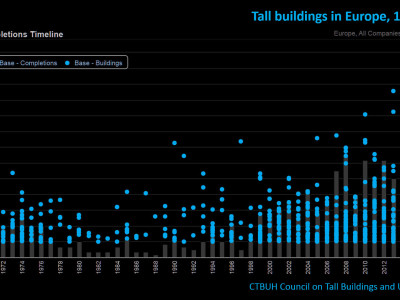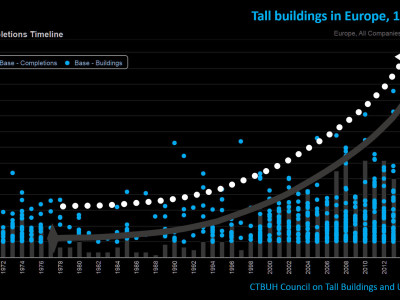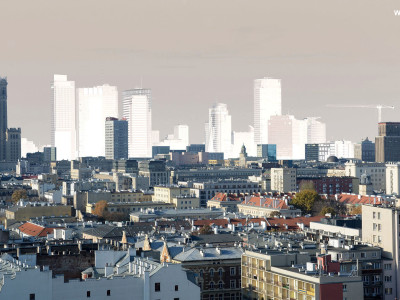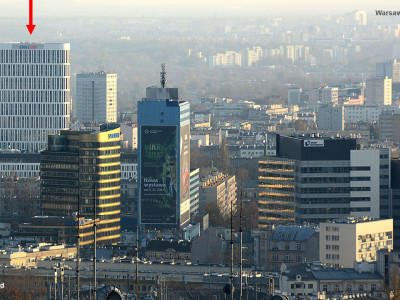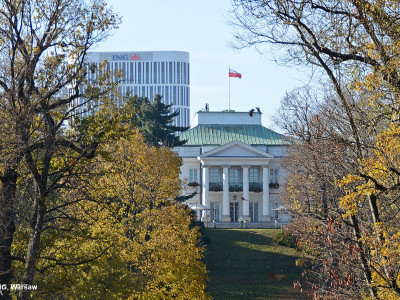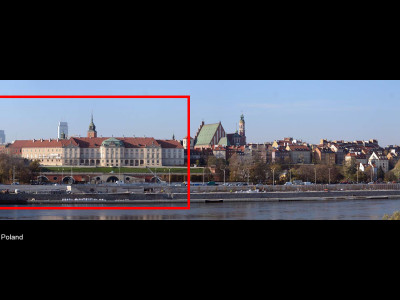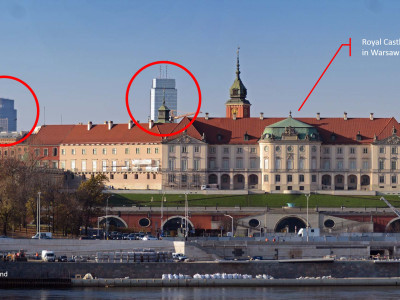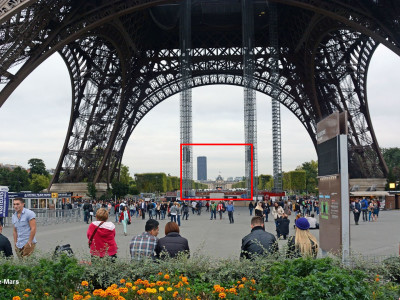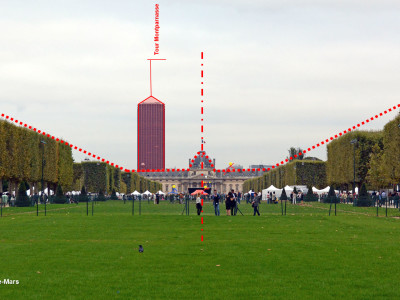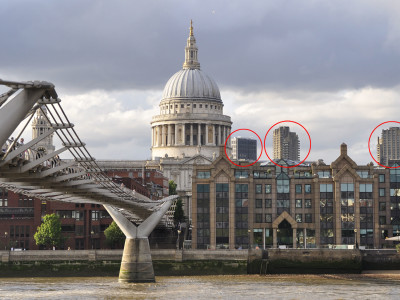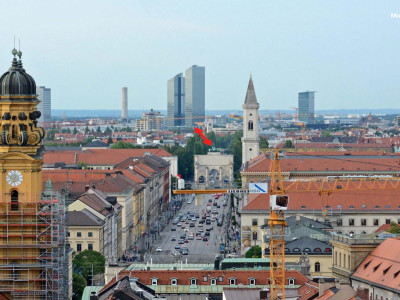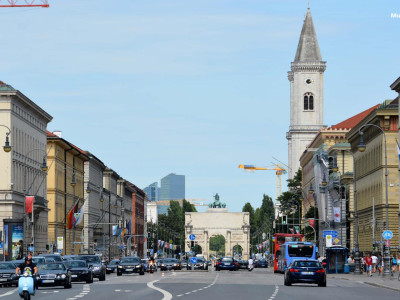
Tall buildings development
In the past two decades, tall buildings have become increasingly popular on the European continent. Not only did the number of tall buildings increase, but also their average height (acc. CTBUH Council on Tall Buildings and Urban Habitat). This had a major impact on the historical landscape of many cities. Contrary to Asia or America, European cities developed through a gradual and rather slow evolution. Effects of the incremental development can be seen in the urban structure, typical spatial compositions and building silhouettes. Historical dominants have been well recognized and rooted in the public awareness as elements of the landscape, whereas contemporary tall buildings rapidly change that having its frequently random impact on important urban areas.
Tendency to build tall in Europe (1970-2016):
Examples of unfavourable changes to historical areas are many. Earlier, well known, examples include the axis of Champ-de-Mars in Paris ended with the Montparnasse tall building which disturbed this symmetrical and showpiece development in the city. While referring to developments in Poland we may give an example of the recently completed ING building at the Unia Lubelska Square that can be seen above the roof of the Belweder Palace from Łazienki Królewskie, Warsaw. Additionally, the view of the Tomb of the Unknown Soldier is interrupted by the Warsaw Trade Tower. It seems that no one has foreseen the impact of those buildings on the city, whereas such strategic views should be particularly protected. According to those examples, previous planning techniques do not provide an efficient protection. On the one hand, it is crucial to eliminated unfavourable visual interactions with historical buildings and, on the other, it is equally important to create an attractive city skyline with tall buildings as new spatial value and determining a proper location for such dominants in line with the urban arrangement of the city. Therefore, we need new techniques that in an objective and comprehensive manner help determining spatial consequences of tall buildings development in various locations.
